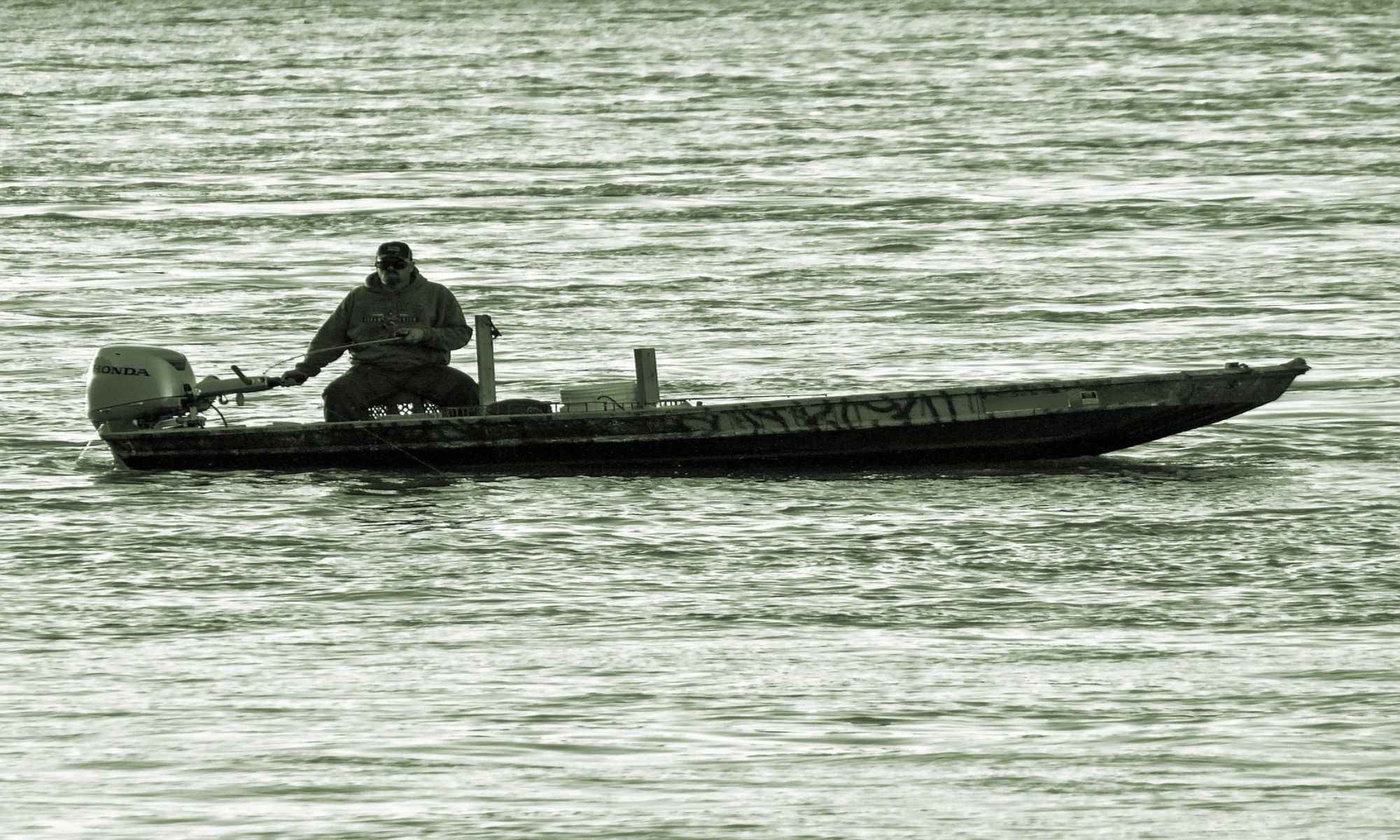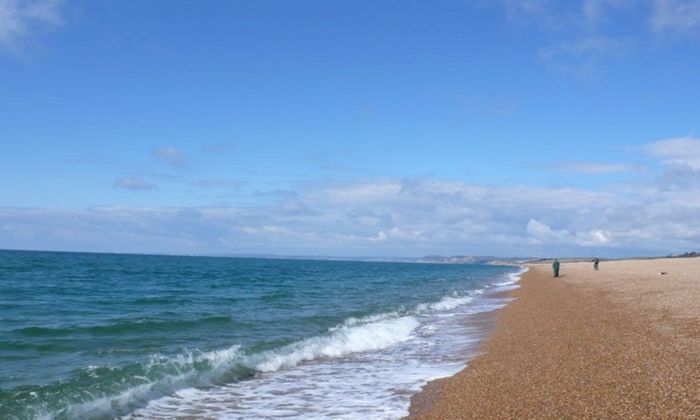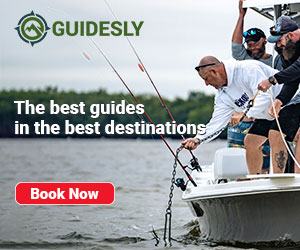Bottom Fishing Tips and Techniques
Some bottom fishing tips and techniques you need to know to catch more fish from the very bottom of the column.

Bottom Fishing Tips and Techniques
It’s easy to see why bottom fishing is one of the preferred methods for many anglers; it’s fun, it delivers action-packed excursions, and it can land you game fish of almost any size. While it might seem like a simple fishing technique, it still takes a bit of finesse, skill, and experience to produce the best results.
Bottom fishing is straightforward and accessible, yet a very effective fishing technique. In the simplest of terms, bottom fishing is when you lower a weighted hook or lure to the very bottom of the water column. Anglers love this method because you can practice it in many ways. You can choose from a variety of fishing styles depending on the water you are fishing and what game fish you are targeting. It also allows you to use different bait, tackle and experiment with other presentations.
Here are some fishing tips and what you need to consider when employing this technique to catch either big fish or smaller fish:

Places for Bottom Fishing

Both saltwater and freshwater bodies have isolated spots or underwater structures where fish like to gather for shelter and seek something to eat. Places such as reefs, wrecks, or underwater formations are a bottom angler’s treasure trove. Inshore fishing enthusiasts won’t be left out because you can always find structured spots and cast your bait there. If you’re surf fishing, look for bridge pilings, rock banks, and piers. Wrecks and natural or artificial reefs are what you should look for when fishing nearshore. If you’re deep sea fishing miles from the coast, try to find wrecks, artificial reefs, and oil rigs. The best place for bottom freshwater fishing is where there are bridge pilings, piers, rock formations, and drop-offs.
Commonly Targeted Game Fish
If the fish lives at the bottom of the water column, it can be a target for bottom fishing. Those who want to use the technique while saltwater fishing will most likely seek out species like flounder and black sea bass off the coast. Further offshore, you can set your sights on fighters like red snapper and gag grouper to larger fish like yellowtail amberjack and tilefish. You can catch anything from perch, bluegill, and carp in freshwater. Bass fishing is also viable in non-brackish water.
Essential Bottom Fishing Gear and Equipment
Three items make up the ideal bottom fishing rig. When paired with quality bait, you will surely feel fish biting.
1. Sinker
A sinker is a lead weight that lowers the bait to the bottom. An egg sinker lets fish take your bait and move off without feeling the weight’s resistance. A bank sinker (shaped like bowling pins) is ideal around rocky bottoms because they’re not easily lodged between them. A pyramid sinker can be used in surf fishing because it has a sharp tip that holds in the sand. The deeper the water is, the heavier your sinker should be. However, heavier sinkers make bites harder to detect and harder to retrieve. Strong currents also require heavier weights. It’s good to have a variety of sinkers of varying weights.
2. Hook
Circle hooks work best for bottom fishing, especially if you’re going after bigger fish. The hook lodges itself into the fish’s mouth more firmly and can withstand being torn out as a result of a good fight. Circle hooks also don’t require setting, making it an excellent choice for beginners.
3. Fishing Line
Each type of fishing line has its advantages and disadvantages. A monofilament line is inexpensive and easy to operate but is buoyant. A braided line is excellent for battling fish in deep waters but is more expensive and harder to handle than mono. Fluorocarbon lines provide good feedback and are the best in clear water. It is also very resistant, making it ideal for rocky bottoms but difficult to handle and tie knots with. Combining at least two lines will give you the best results.

Bottom Fishing Rigs
Some of the best bottom fishing rigs you can choose from depending on what you’re after:
1. Slider Sinker Rig
Also known as the Carolina rig, it is one of the most effective rigs. It has a simple barrel swivel linked to a single leader with a sinker, bead, and hook at the end.
2. Spreader Rig
Also known as a chicken rig, it is versatile because it lets you cover more ground using two hooks. It’s a good choice for fishing in rocky bottoms because it’s often used with bank sinkers.
3. Three-Way Rig or Drop Rig
This rig features a three-way swivel that links the main line, the leader, and the shorter sinker line. It’s a good option for surf fishing and keeping the hook above the bottom.
4. Knocker Rig
One of the simplest rigs because its straight-line configuration lets you instantly feel if there’s a bite. It’s also great in high currents because it doesn’t get tangled.
Best Bait, Rods, and Reels
Dead bait is the easiest option because you can buy it from a tackle shop. Sardines, mullet, menhaden, or cigar minnows are some of the common choices. Live bait has a better pay-off for bigger fish. You can also use an artificial lure, but it requires more skill.
A light spinning rod and reel combo are best if you’re fishing close to the shoreline. Longer rods will let you cast farther. Baitcaster reels will give you a more precise cast, while spinning reels are great for pier fishing.
Bottom Fishing Techniques
Boat anglers should consider the current when bottom fishing because it will affect you the most when trying to keep close to structures. Anchoring is a terrific way to take advantage of a single productive fish area underwater. This approach takes time to set up, and there’s a chance you might spook the fish. It’s best to use dead bait when anchoring. Drifting is when you want to cover larger areas and use live bait. Check the bottom structure ahead for onshore anglers and nail your casting technique. Pier anglers should lower their rig to the spot they want instead of casting out.
Bottom Fishing Charters
Now that you’ve got the gist of how to fish effectively on the bottom of the water column book a guide service for your next fishing tours. Aquatic Tour and Guide of Florida is an excellent Florida freshwater fishing guide that will let you target bass from the bottom. Caleb's Guide Service is one of the best fishing guides in Corpus Christi, where you can target bottom dwellers like flounder. Fishing charters in Tennessee, like BRD Outdoors Guide Service, also offer bottom bass fishing. Sea Horse Deep Sea Fishing lets you experience catching a variety of sport fish in Islamorada.




